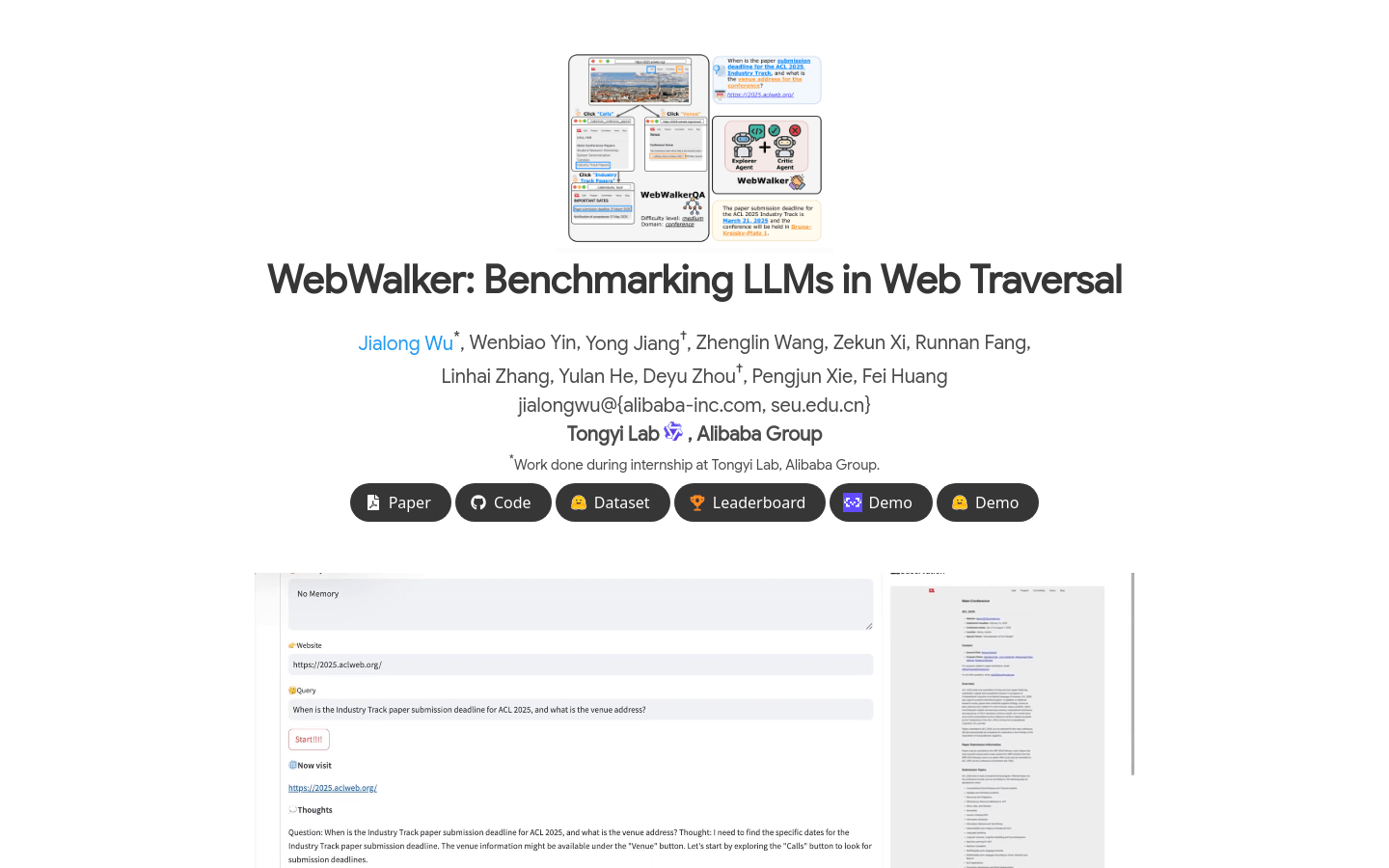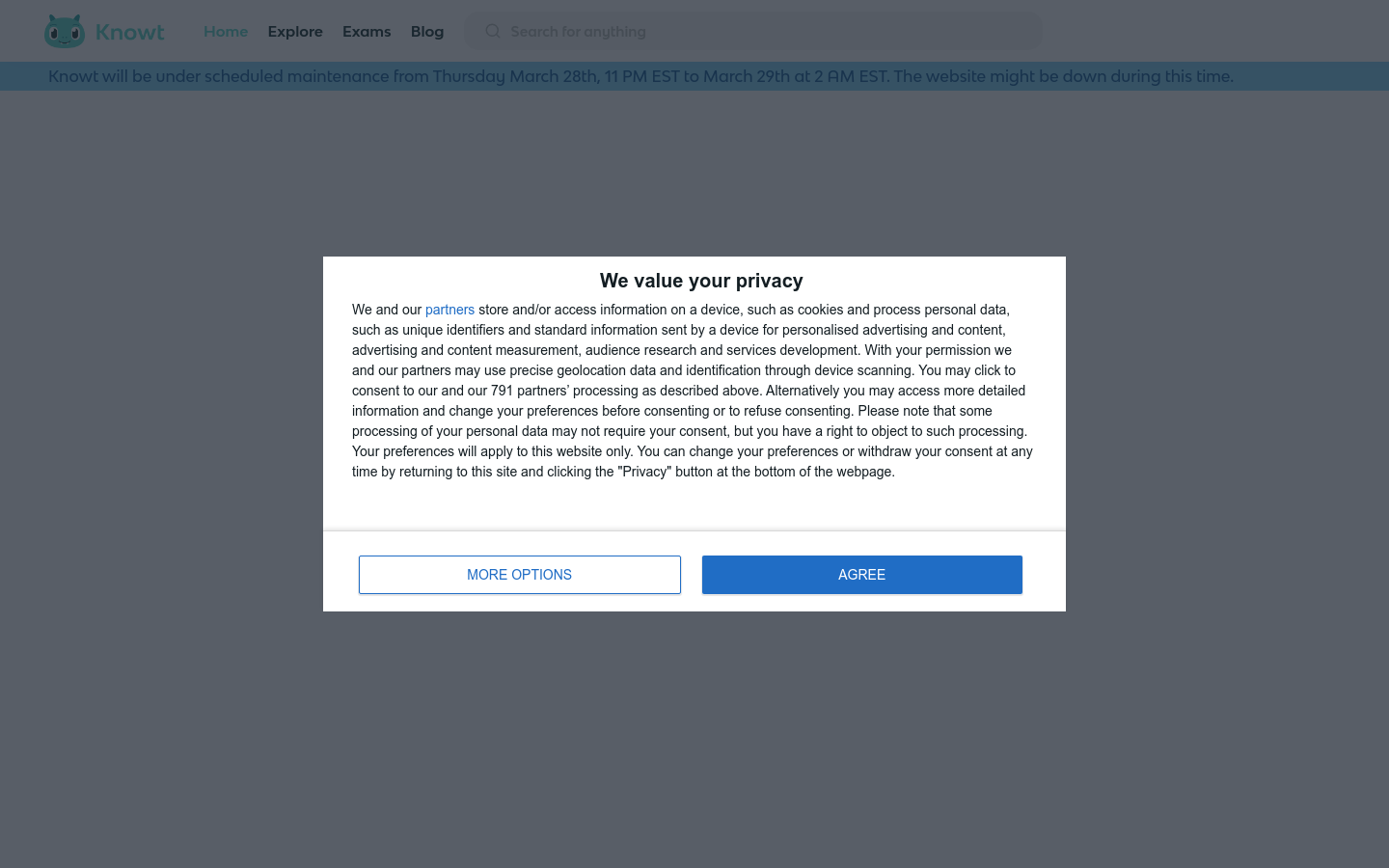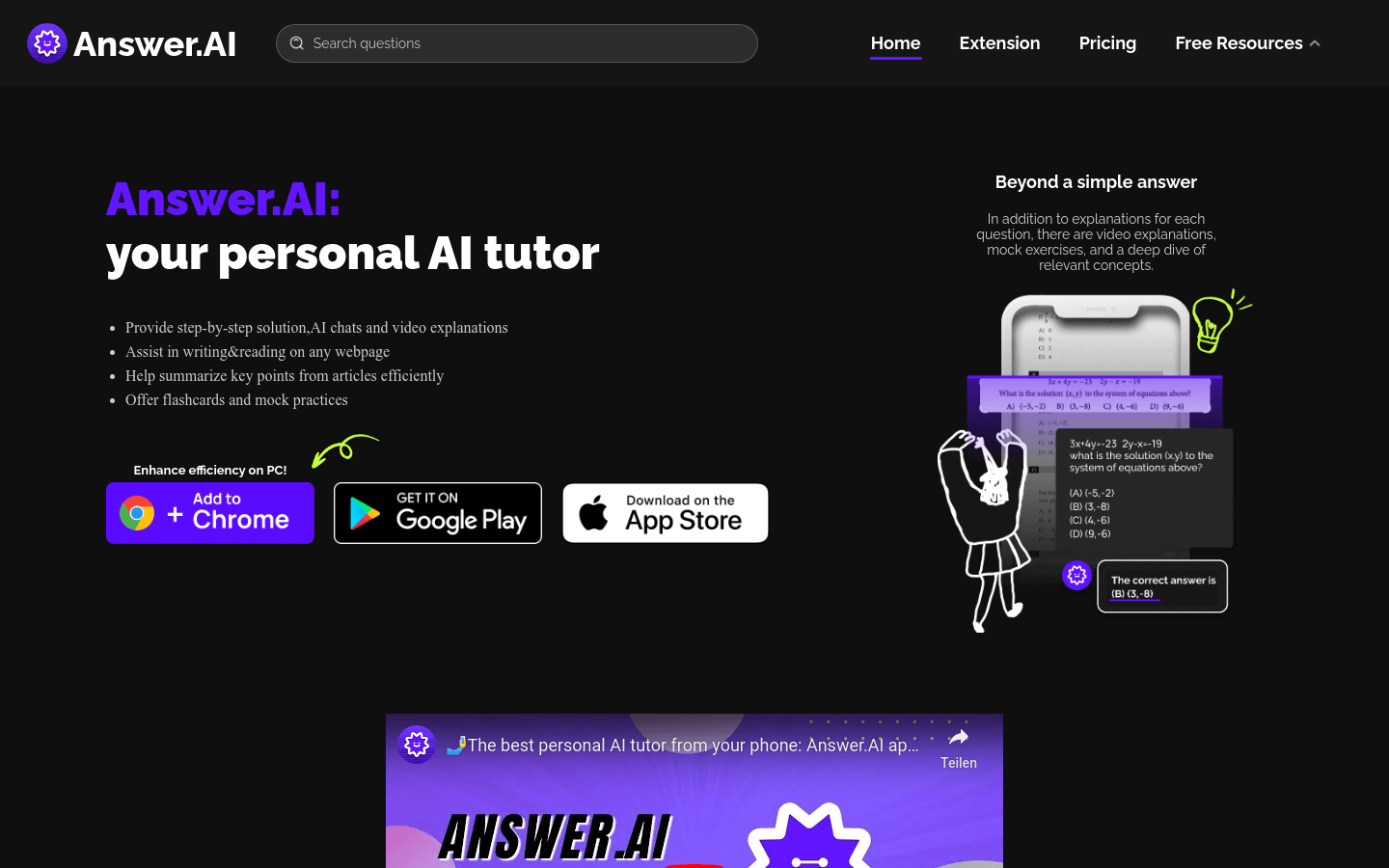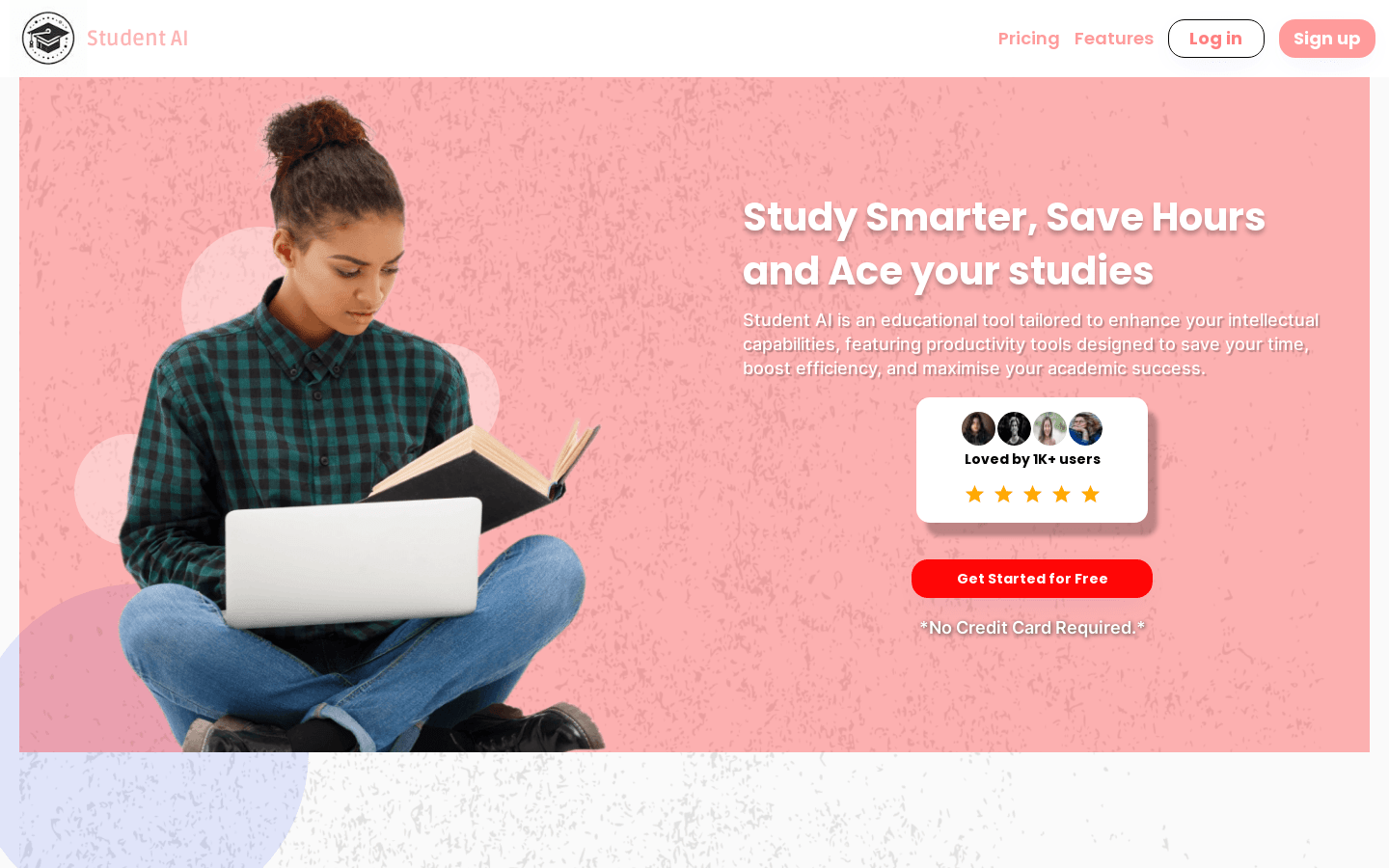
WebWalker - A multi-agent framework for evaluating large language models
WebWalker is a multi-agent framework developed by Alibaba Group Tongyi Lab, designed to evaluate the performance of large language models (LLMs) in web page traversal tasks. The framework systematically extracts high-quality data through exploration and evaluation paradigms by mimicking human web browsing behavior. WebWalker 's main advantage lies in its innovative web page traversal capabilities, which can deeply mine multi-level information, making up for the shortcomings of traditional search engines in dealing with complex problems. This technology is particularly important for improving the performance of language models in open-domain question answering, especially in scenarios that require multi-step information retrieval.
For the crowd
Researchers: Professionals focused on natural language processing, information retrieval, and artificial intelligence.
Developer: Application developer who wants to improve information retrieval capabilities.
Education: Students and teachers, helping them better understand and apply web page traversal techniques.
Usage scenario examples
Researchers: can use WebWalker to evaluate and improve the performance of their language models on web page walking tasks.
Developers: can integrate WebWalker into their applications to enhance information retrieval capabilities.
Educational institutions: WebWalker can be used to develop relevant courses and training projects to help students master web page traversal technology.
Product features
Multi-agent framework: simulates human web browsing behavior to achieve efficient information retrieval.
Depth traversal: capable of processing complex multi-level information.
Retrieval-augmented generation (RAG) technology: Improve the performance of language models in open-domain question answering.
Benchmark dataset WebWalker QA: contains 680 queries from real scenarios.
Bilingual support: Supports Chinese and English, covering multiple fields such as conferences, organizations, education, and games.
Tutorial
1. Visit the official website: Understand the functions and usage of WebWalker .
2. Download code and data sets: for local testing and development.
3. Integrate into existing projects: Integrate WebWalker into existing projects as needed, or develop new applications based on its framework.
4. Utilize APIs and tools: perform web page traversal and information retrieval tasks.
5. Optimize model performance: Refer to WebWalker 's documentation and sample code to optimize model performance and performance.



